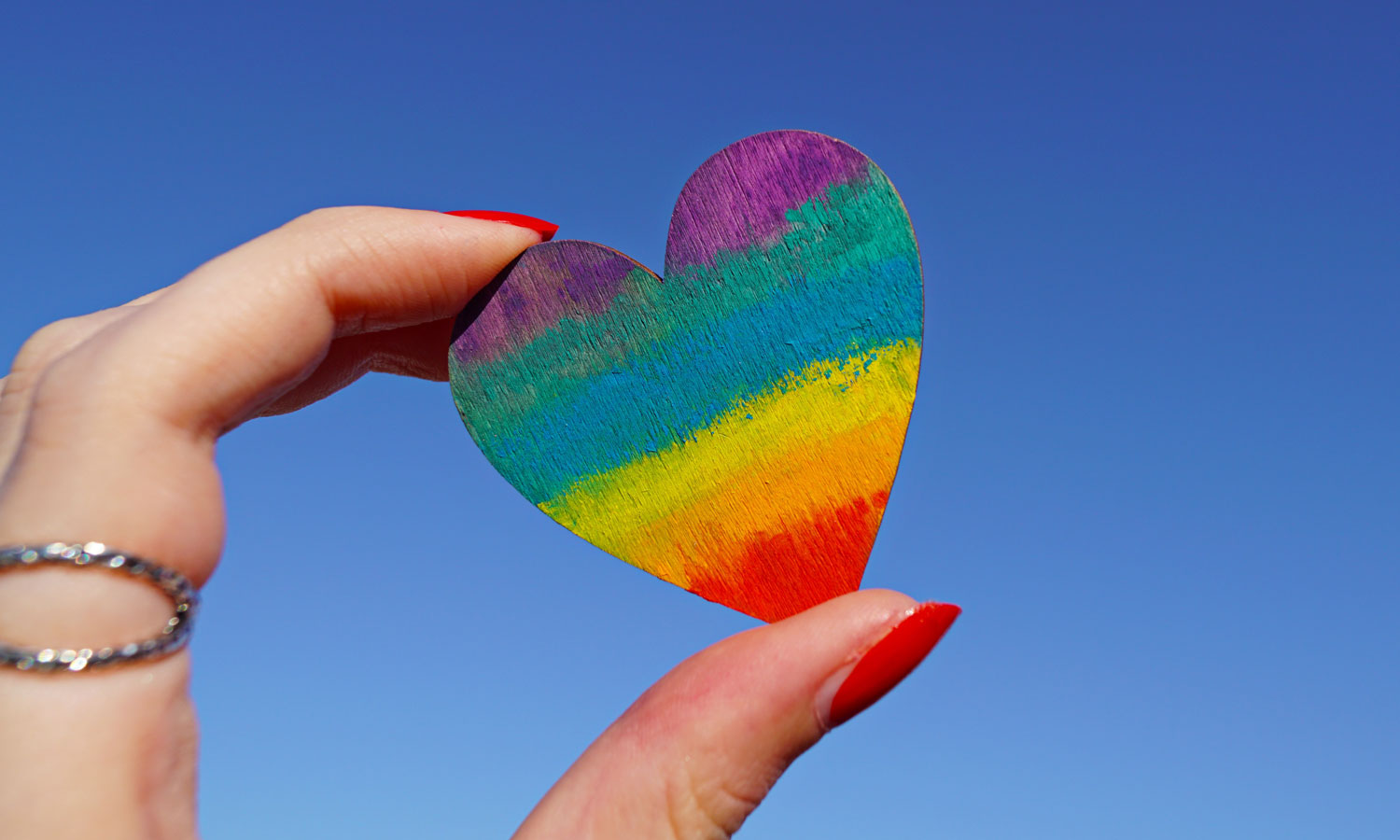
Author: Samuel Mann, PhD Researcher in Sexual Orientation and Well-being, Swansea University
In recent years LGBT+ rights have improved dramatically. Same-sex marriage is now legally performed and recognised in 28 countries. Equality laws protect LGBT+ people at work and increased media coverage is improving knowledge and awareness of sexual orientations. More to be done, however, to ensure equality for all, and researchers have been looking into how different factors like these contribute to the happiness and life satisfaction of people with minority sexual identities.
Studies have shown that, on average, homosexuals and bisexuals report lower levels of life satisfaction than heterosexuals. This has been linked to homosexuals and bisexuals experiencing heteronormativity (the assumption that heterosexual orientation and binary gender identity are “normal”, which has led to the world being built to cater to the needs and desires of heterosexual life), which leads to stigmatisation. For our new study we looked deeper into the links between sexuality and life satisfaction, and found that people with an “other” sexual identity – such as pansexual, demisexual, or asexual – also experience lower levels of life satisfaction than heterosexuals.
Well-being differences
Using 150,000 responses collected over five years as part of the Understanding Society survey, we analysed whether the happiest heterosexuals are happier than the happiest sexual minorities, and if the least happy sexual minorities are less happy than the least happy heterosexuals. When looking at the data, we controlled for a number of things – such as age, employment, personality, and location – to make sure our results focused solely on sexual identity.
While other studies have looked at the “average” effect of sexual identity on happiness (where it has been shown that sexual minorities report lower levels of life satisfaction), my colleagues and I considered the whole well-being distribution. That is, we looked at the differences between heterosexuals and sexual minorities at the lowest, average, and highest levels of self-reported life satisfaction.
Our results are clear that sexual identity is correlated with life satisfaction, but it is a nuanced picture. We found that homosexual males are less happy with their lives than heterosexual males, except for at the very top of the well-being distribution (where they are happiest). We also saw that homosexual females are happier with their lives than heterosexual females. Although interestingly that is except for at the lowest levels of well-being.
Bisexuals – irrespective of gender – report the lowest levels of life satisfaction, and the loss to well-being associated with being bisexual (rather than heterosexual) is at least comparable to the effect of being unemployed or having ill-health. In fact, out of all the sexual identities analysed we found that bisexuals are the least satisfied with their lives.
“Other” sexual identities are associated with lower levels of life satisfaction in the bottom half of the distribution, but higher life satisfaction in the top half. This means that the least happy people with an other sexual identity are less happy than their heterosexual counterparts. But the happiest people with an other sex identity are actually happier than their heterosexual counterparts.
While our findings highlight the importance of gender (or more precisely its interaction with sexual identity), this is only relevant for homosexuals. As noted above, the results for homosexual males and homosexual females are drastically different This makes sense considering that other research has highlighted that societal attitudes towards lesbians are more preferential than to gay males. So it is likely that the higher life satisfaction reported by lesbians (compared to heterosexual women) is associated with these more positive societal attitudes.
Identity and acceptance
Looking to our findings for other sexual identities, we believe that growing awareness (for example due to increased representation on television) is likely to have reduced the need for some people to “explain” their identity to others. This will have made reaffirming the validity of their sexuality to themselves easier too. If we couple this with increasing self-awareness of an identity that gives meaning to attractions (or lack thereof), the positive well-being identified for this group is understandable.
While it could be argued that the same should be true of bisexuals, there is a significant difference between bisexuality and “other” identities. Bisexuality is an identity that has existed significantly longer and was part of the original LGBT movement. And yet the greater minority stress experienced by bisexuals is likely a reflection of how they experience stigmatisation from both heterosexual and homosexual communities through bi-erasure and lack of acceptance of bisexuality.
Overall our research shows that people with a minority sexual identity are on average less satisfied with their lives, but across the distribution of well-being a more positive picture emerges. If we look at other research into the different societal attitudes and growing acceptance towards certain sexual identities, it is clear that being accepted is important. Facing ostracisation on the basis of your sexual identity has a large negative impact on how satisfied you are with your life.
This article was first published by The Conversation.
